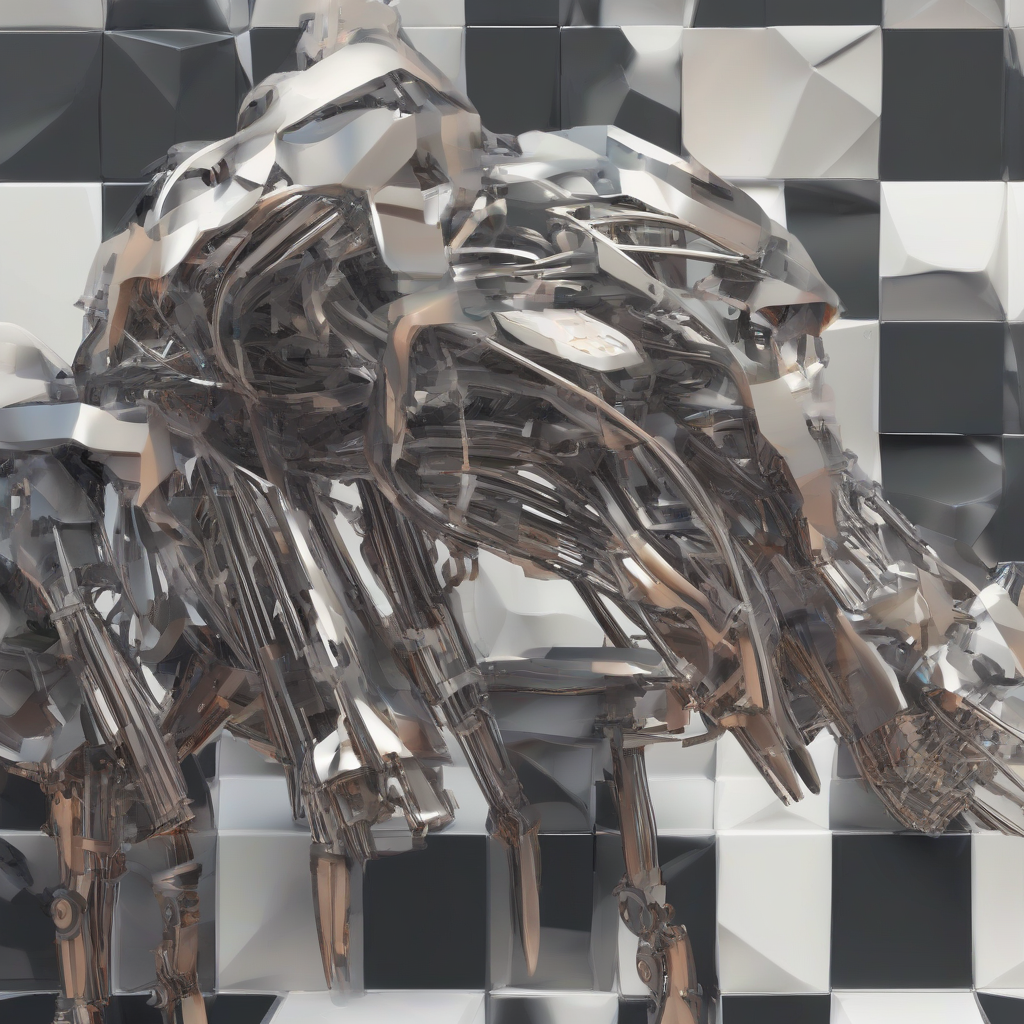Conquering AC Chaos: A Comprehensive Guide to Air Conditioner Repair
A broken air conditioner can turn a comfortable home into a sweltering inferno. This guide provides a step-by-step approach to diagnosing and fixing common air conditioner problems, empowering you to tackle repairs yourself or effectively communicate the issue to a professional.
Understanding Your Air Conditioner
Before diving into repairs, familiarize yourself with your air conditioner’s type (window, central, split system) and components. Knowing the basics will greatly aid in troubleshooting.
- Window Units: Simpler in design, easier for DIY repairs.
- Central Air Conditioners: More complex, often requiring professional assistance for major repairs.
- Split System Units: Have an outdoor and indoor unit, requiring careful handling during repairs.
Key components to understand include:
- Compressor: The heart of the system, responsible for refrigerant circulation.
- Condenser Coil (Outdoor Unit): Dissipates heat from the refrigerant.
- Evaporator Coil (Indoor Unit): Absorbs heat from the indoor air.
- Refrigerant Lines: Carry refrigerant between the compressor, condenser, and evaporator coils.
- Blower Fan (Indoor Unit): Circulates cooled air throughout the house.
- Thermostat: Controls the system’s operation.
Troubleshooting Common Air Conditioner Problems
Many AC issues can be resolved with simple fixes. Let’s explore common problems and their solutions:
1. No Power
- Check the Circuit Breaker: A tripped breaker is the most common cause. Reset it.
- Examine Power Cord and Outlets: Ensure the cord is properly plugged in and the outlet is functioning.
- Inspect Wiring (Advanced): If comfortable, check for loose or damaged wiring. If not, call a professional.
2. Weak or Inconsistent Cooling
- Check Air Filters: Clogged filters restrict airflow, reducing cooling efficiency. Clean or replace them.
- Examine Vents and Registers: Ensure vents are open and unobstructed. Closed or blocked vents restrict airflow.
- Inspect Condenser Coils (Outdoor Unit): Clean the coils with a coil cleaning brush or garden hose to remove debris. Dirty coils hinder heat dissipation.
- Check Refrigerant Levels (Professional): Low refrigerant levels significantly impact cooling. This requires specialized tools and expertise.
3. Leaking Water
- Clogged Drain Line: A clogged drain line prevents condensate from draining properly. Locate and clear the line.
- Frozen Evaporator Coil: Restricted airflow or low refrigerant can cause ice formation. Allow the unit to thaw and address underlying issues.
- Condensation Pan Issues: Cracks or holes in the condensation pan lead to leaks. Repair or replace the pan.
4. Strange Noises
- Compressor Noise: Unusual clicking, rattling, or humming sounds from the compressor indicate potential problems. Professional assessment needed.
- Blower Fan Noise: Squeaking, grinding, or whirring sounds from the blower fan suggest worn bearings or loose components. Lubrication or replacement may be necessary.
- Refrigerant Leaks (Hissing): A hissing sound indicates a refrigerant leak. This requires immediate professional attention.
5. Thermostat Issues
- Check Thermostat Batteries: Replace batteries if necessary.
- Verify Thermostat Settings: Ensure the thermostat is set correctly to cool mode and the desired temperature.
- Test Thermostat Functionality: Try setting the thermostat to different temperatures to see if the AC responds.
Safety Precautions
Working with air conditioners involves electrical components and refrigerant, necessitating caution:
- Turn Off Power: Always disconnect the power supply before performing any repairs.
- Wear Protective Gear: Use safety glasses and gloves to prevent injuries.
- Handle Refrigerant Carefully: Refrigerant is harmful if inhaled or exposed to skin. Avoid contact and work in a well-ventilated area.
- Know Your Limits: If you’re unsure about a repair, don’t hesitate to call a professional.
When to Call a Professional
While many minor repairs can be handled DIY, certain situations require professional assistance:
- Refrigerant Leaks: Handling refrigerant requires specialized equipment and expertise.
- Electrical Issues: Complex electrical problems should be addressed by a qualified technician.
- Major Component Failures: Replacing the compressor, condenser, or evaporator coil usually demands professional skills.
- Ongoing or Unexplained Problems: If your troubleshooting efforts fail to resolve the issue, a professional diagnosis is crucial.
Maintaining Your Air Conditioner
Regular maintenance significantly extends your AC’s lifespan and prevents costly repairs:
- Change Air Filters Regularly: Replace filters every 1-3 months, or as needed.
- Clean Condenser Coils: Clean the coils at least once a year to remove debris.
- Inspect Drain Lines: Check for clogs and clear them as necessary.
- Schedule Professional Maintenance: Annual professional inspections and tune-ups are highly recommended.
By understanding the basics of air conditioner operation and following these troubleshooting steps, you can effectively address many common problems. Remember to prioritize safety and call a professional when needed to avoid further damage or injury.
